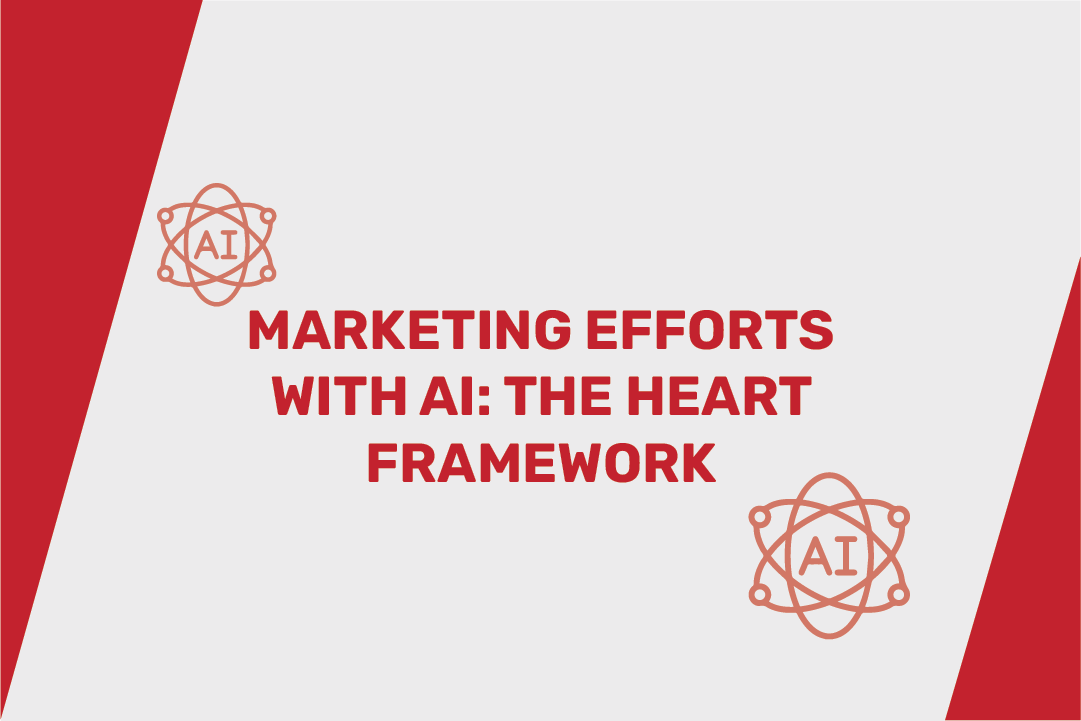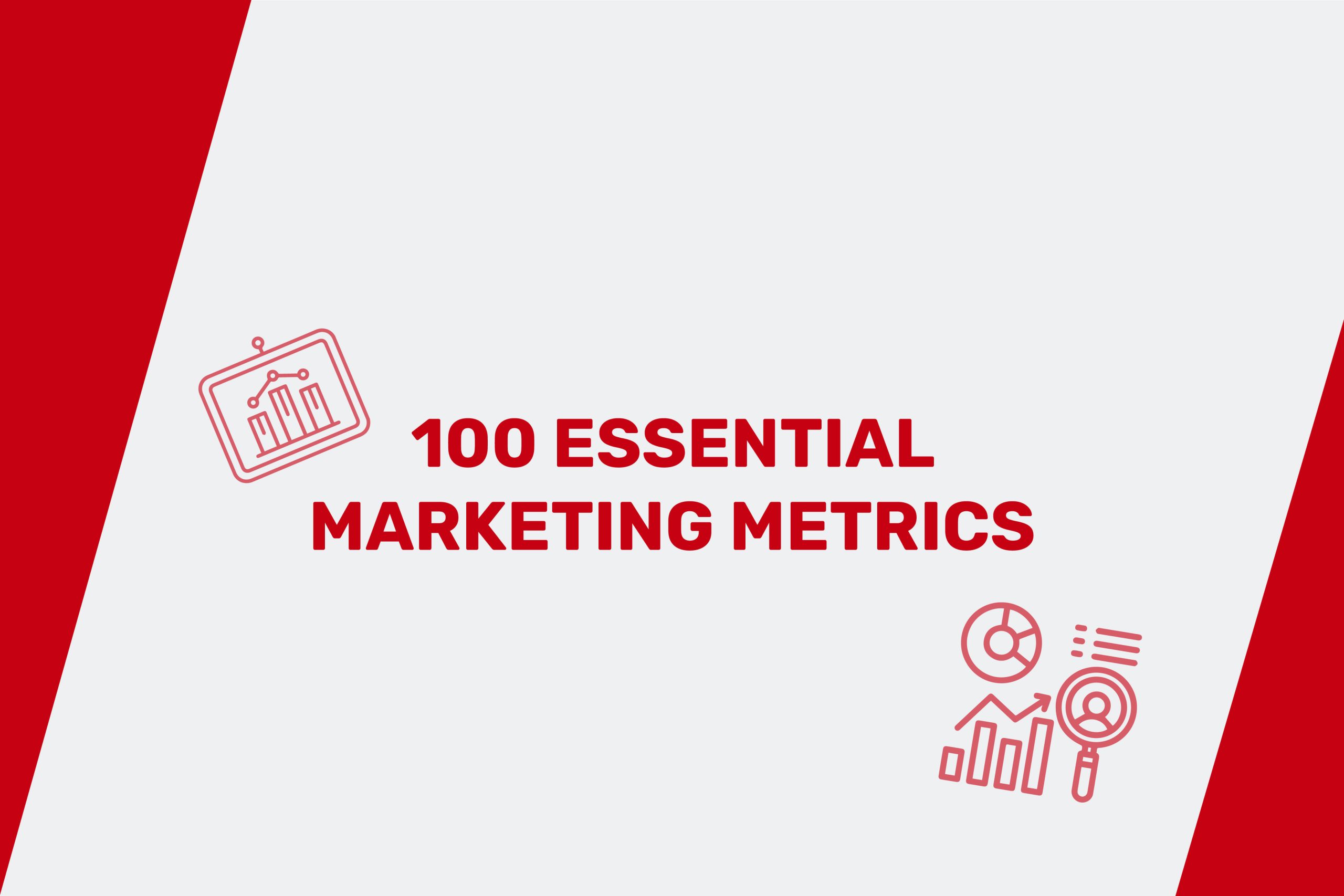In the rapidly evolving realm of digital marketing, Search Engine Optimization (SEO) and Generative Engine Optimization (GEO) emerge as two pivotal strategies. While both strategies are aimed at augmenting online visibility and driving traffic, they employ unique methodologies to achieve these goals. Throughout this article, we will thoroughly examine the intricacies of SEO and GEO, providing a comprehensive comparison of their underlying principles, distinctive advantages, and potential challenges. Our goal is to offer readers a deeper understanding of the pivotal roles that SEO and GEO play in the contemporary landscape of digital marketing.
Read: Generative AI in SEO
Understanding SEO: The Backbone of Digital Marketing
Search Engine Optimization (SEO) is an essential and constantly evolving practice that involves strategically optimizing a website to improve its ranking and visibility in search engine results pages (SERPs). This involves a multifaceted approach that encompasses on-page optimization, content creation, keyword research, link building, and technical enhancements to make the website more accessible to search engine crawlers. The ultimate goal of SEO is to drive organic traffic to the website by improving its position in search engine rankings, thereby increasing the likelihood of attracting valuable visitors and potential customers. It’s important to stay updated with the latest best practices and algorithm changes to maintain a strong SEO strategy.
Key Components of SEO
1. Keyword Research and Optimization
SEO begins with identifying relevant keywords that potential visitors use to search for products or services. These keywords are strategically integrated into website content, meta descriptions, titles, and headers to ensure search engines recognize the site’s relevance to specific queries.
2. On-Page SEO
On-page SEO involves optimizing individual web pages to enhance their relevance and visibility. This includes content optimization, internal linking, image alt texts, and ensuring a responsive design. High-quality, keyword-rich content is crucial for engaging users and improving rankings.
3. Off-Page SEO
Off-page SEO focuses on building the site’s reputation and authority through external means. This often involves link building, social media marketing, and influencer outreach. Acquiring backlinks from reputable sites signals to search engines that the website is trustworthy and valuable.
4. Technical SEO
Technical SEO addresses the backend aspects of a website that affect its performance and indexing. Key elements include site speed, mobile-friendliness, secure connections (HTTPS), and structured data. A technically sound website ensures a smooth user experience and better crawlability for search engines.
Generative Engine Optimization (GEO): The New Frontier
Generative Engine Optimization (GEO) represents an innovative approach that harnesses the power of artificial intelligence (AI) and machine learning to dynamically generate and refine content. By seamlessly adapting to user behavior and preferences in real-time, GEO delivers a highly personalized and engaging experience. This approach enables content to be continuously optimized and tailored to individual user needs, thereby enhancing user satisfaction and interaction.
Key Components of GEO
1. AI-Driven Content Generation
At the core of GEO is the use of AI to generate content that is highly relevant and engaging. Generative AI models analyze vast amounts of data to produce articles, blog posts, and even multimedia content tailored to user interests.
2. Real-Time Adaptation
GEO excels in its ability to adapt content in real-time based on user interactions. By continuously learning from user behavior, GEO systems can modify and optimize content to enhance engagement and conversion rates.
3. Personalized User Experience
Through the analysis of user data, GEO can create a highly personalized experience for each visitor. This includes tailored recommendations, dynamic content adjustments, and targeted messaging that resonate with individual preferences.
4. Automated Optimization
GEO automates many aspects of traditional SEO, such as keyword optimization, internal linking, and content updates. This automation reduces the manual workload and ensures that the content remains relevant and up-to-date.
Comparing SEO and GEO
While both SEO and GEO aim to improve online visibility and user engagement, they differ significantly in their approach and execution.
Approach to Content Creation
| SEO relies heavily on human creativity and expertise to produce content that aligns with keyword strategies and search engine algorithms. It requires continuous updates and adjustments based on algorithm changes and competitive analysis. | GEO, on the other hand, uses AI to generate and optimize content automatically. This approach allows for more dynamic and responsive content creation, capable of adapting to user behavior in real-time. |
Scalability and Efficiency
| SEO can be labor-intensive, requiring ongoing efforts in content creation, link building, and technical optimization. While effective, it can be time-consuming and may not scale efficiently for large websites or rapidly changing markets. | GEO offers greater scalability due to its automated processes. AI-driven content generation and optimization can handle large volumes of data and content, making it suitable for expansive and diverse digital ecosystems. |
User Engagement and Personalization
| SEO focuses on attracting a broad audience through keyword targeting and high-quality content. While personalization is possible, it is often limited to broader audience segments. | GEO excels in delivering personalized experiences by analyzing individual user data and preferences. This level of personalization can lead to higher engagement and better conversion rates, as users are more likely to interact with content that feels tailored to their needs. |
Dependence on Human Input
| SEO requires significant human input for strategy development, content creation, and optimization. Expertise in SEO best practices and ongoing learning are essential for maintaining and improving rankings. | GEO reduces the dependence on human input by leveraging AI for many optimization tasks. While human oversight is still necessary, especially for strategy and quality control, the AI handles much of the heavy lifting. |
Read: Search Engine Optimization (SEO) Starter Guide & Tools
Challenges and Considerations
When it comes to marketing, both SEO (search engine optimization) and GEO (geotargeting) require careful consideration due to the distinct challenges they present. Marketers need to navigate the complexities of optimizing for search engines while also targeting specific geographic locations, which involves understanding local preferences, behaviors, and cultural nuances.
SEO Challenges
| Challenge | Description |
|---|---|
| Algorithm Changes | Search engine algorithms are constantly evolving. Marketers must stay abreast of these changes and adjust their strategies accordingly to maintain or improve rankings. |
| Competition | The competitive nature of SEO means that achieving and maintaining top rankings requires continuous effort and innovation. High-ranking keywords are often contested by numerous websites. |
| Time-Intensive | SEO is a long-term strategy that requires consistent effort. Results are not immediate, and significant time may pass before the full benefits are realized. |
GEO Challenges
| Challenge | Description |
|---|---|
| Data Privacy | GEO relies on extensive user data to personalize content. Ensuring data privacy and compliance with regulations such as GDPR is paramount. |
| Quality Control | Automated content generation must be monitored to ensure quality and relevance. AI-generated content can sometimes lack the nuance and depth of human-created content. |
| Ethical Considerations | The use of AI in content creation raises ethical questions about transparency and the potential for manipulation. Clear guidelines and ethical standards are necessary to address these concerns. |
Conclusion: Choosing the Right Strategy
The choice between SEO and GEO depends on a business’s specific needs and goals. SEO is a fundamental aspect of digital marketing, providing proven strategies for improving search engine rankings and driving organic traffic. On the other hand, GEO, with its AI-driven capabilities, represents the future of content optimization, offering scalability and personalization that traditional SEO cannot match.
For businesses aiming to stay ahead in the digital landscape, a hybrid approach that combines the strengths of both SEO and GEO may be the most effective strategy. By utilizing the reliability of SEO and the innovation of GEO, businesses can create a robust and adaptable digital marketing framework that meets the demands of a rapidly changing online environment.





